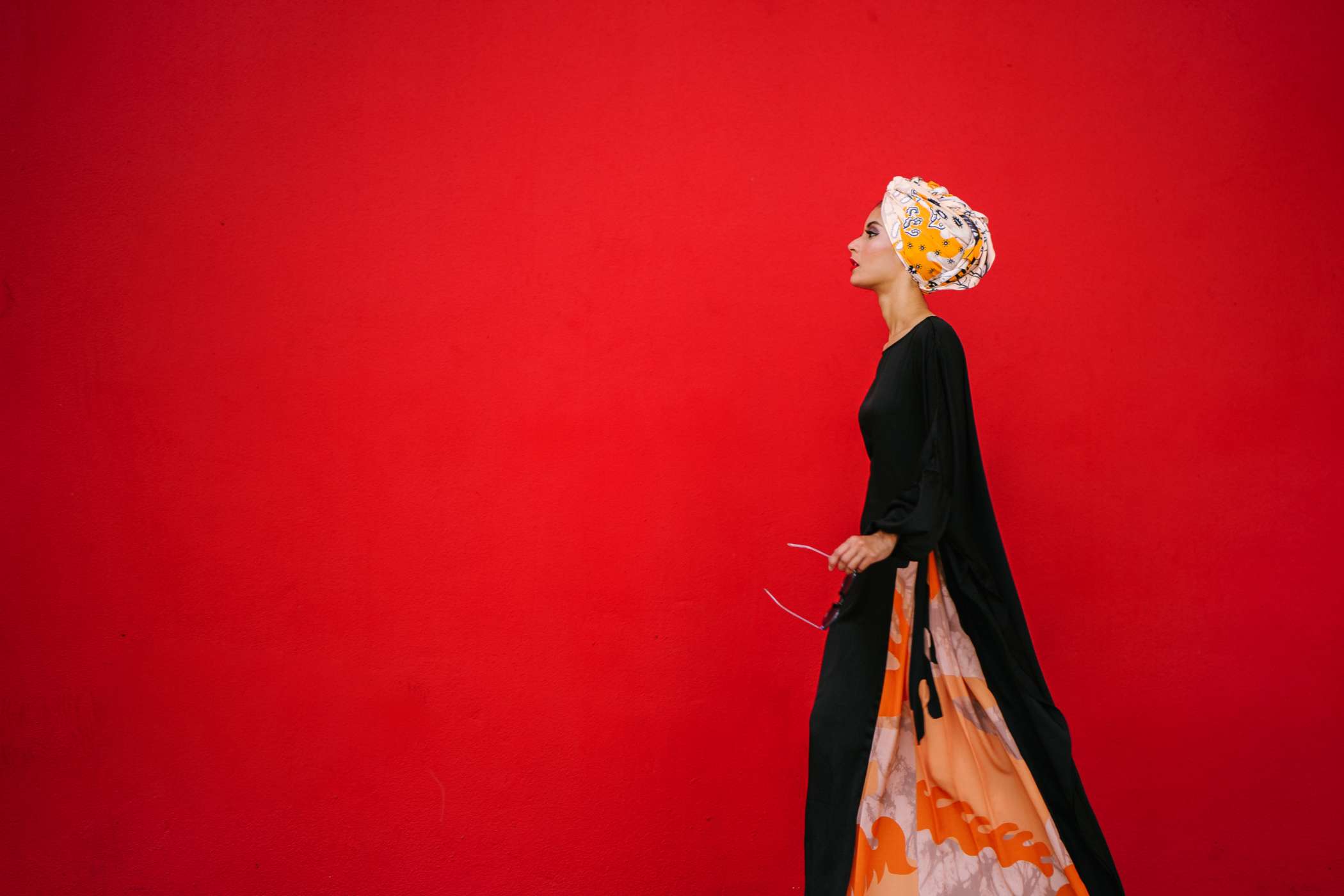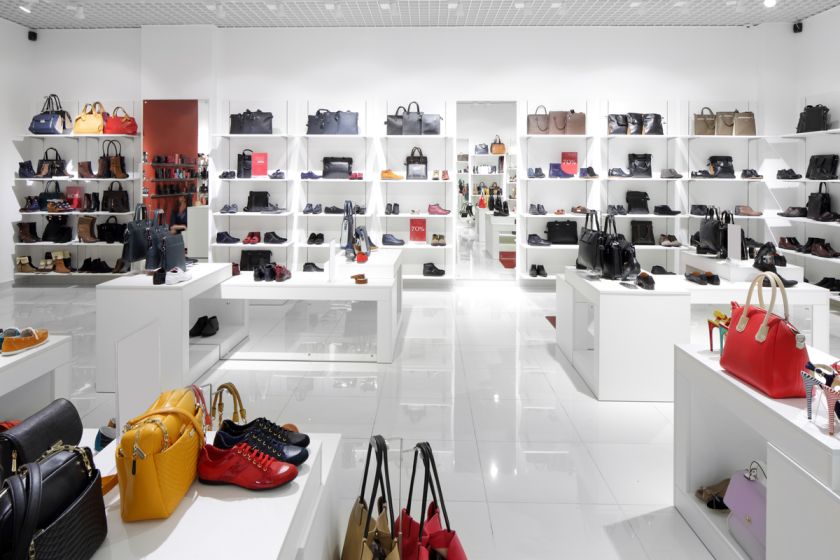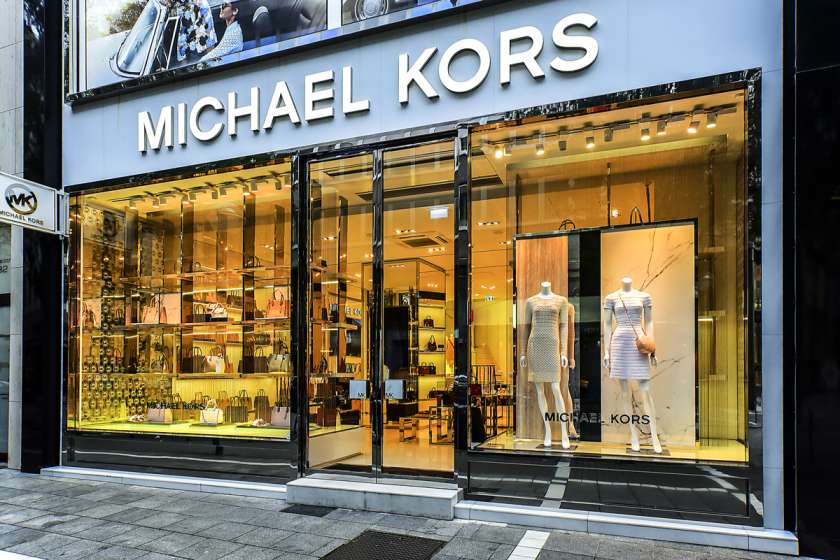The Fashion Pyramid of Brands



More than often, business retailers build their strategies around value propositions and key advantages like assortment, price, experience, speed, etc. A fashion pyramid is therefore a necessary graphic form of segmentation that identifies the fashion brands according to their value and position in the market.
A fashion pyramid is an illustration of the segmentation of the fashion brands with usually the most expensive brands on top. The apex of the pyramid represents high-priced fashion brands or Supreme Luxury- high-quality fabrics, Haute Couture garments, and exclusive customer service.
Going down the pyramid we find Ready-to-Wear or Aspirational Luxury garments just below the haute couture. The Ready-to-Wear clothes are as fine as haute couture but since they are industrialized, they can no longer be seen as exclusive. The craftsmanship is no less priceless though. Below this we have the Diffusion range or Accessible-Luxury, affordable and bulk produced, followed by Bridge or Premium and Mass Market segments. The Bridge marks the transitory space between high-end fashion and the mass market. The idea here is to offer a balanced fashion that includes both creativity and value for money. Mass Market offers affordable day-to-day wear and has a definite target of customers.
The Fashion Pyramid compliments Maslow's pyramid in the sense that luxury items at the apex correspond to self-fulfillment while the mass market caters to the basic physiological needs.

How is a Brand Positioned in the Fashion Pyramid?
Positioning of brands is a matter of customer perception about the brand. The following factor decides the placement :
- Experience of the customers
- Word-of-mouth, that determines their reputation
- Advertising, and how much money and effort they spend on advertising
- Social media coverage
- Customer service
- Quality of fabrics
- Loyalty programs
- Pricing and Promotions
- Visual Merchandising

The brands are positioned as conglomerates or corporations where they are pitted against each other. One of the main strategies to thrive in a highly competitive environment is to focus on a specific line of products or categories like eyewear or perfumes. Sometimes perceptions about brands evolve too and we see a movement of brands across the segment. For example, Michael Kors lost its high-end fashion credibility after expanding across departmental stores. The same thing happened to Tiffany when it started selling less expensive silver jewelry.
A glimpse into the current state of segmentation in the fashion retail industry :
Supreme Luxury - Hermés, Dior, Chanel, Bottega Veneta, Loro Piana, Versace.
Aspirational Luxury - Prada, YSL, Dolce & Gabbana, Brioni, Armani, Ermenegildo Zegna, Louis Vuitton, Fendi.
Accessible-Luxury - Ralph Lauren, Max Mara, Paul Smith, Stella McCartney, Dsquared2
Premium - Guess, Calvin Klein, Hugo Boss, Michael Kors, DKNY, Coach, Furla, Diesel
Mass-Market consists of -
Masstige - Massimo Dutti, Sisley, COS, & Other Stories
Mass - GAP, Zara, Bershka, H&M, Fast Retailing (Uniqlo), Mango, American Eagle,
M&S, Superdry, Primark.



















